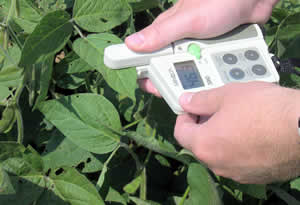About
What is Ecophysiology?
 Ecophysiology of plants is the study of physiological mechanisms that impact adaptation and productivity in natural and man-made ecosystems.
Ecophysiology of plants is the study of physiological mechanisms that impact adaptation and productivity in natural and man-made ecosystems.
The ecophysiological approach must take into account polymorphism in individual responses, which are largely responsible for the adaptive capacity of any given population. In this respect, ecophysiological study yields information which is fundamental for an understanding of the mechanisms underlying adaptive strategies
Alexander von Humboldt, at the start of the 19th century advanced the theory that all phenomena of nature should be studied in association with each other. However it was not till after the Second World War, when a number of breakthroughs occurred in field measurement equipment and environment-controlled facilities, that ecophysiology transitioned from a descriptive to a causal-analytical science. This development allowed pioneer researchers to create for the first time a synthesis among the disciplines of physiology, meteorology, and genetics.
Plant ecophysiology has grown into a field that studies physiological processes that are important in plant adaptation and distribution, from various levels of integration: from the molecular, biochemical, organ and whole plant to plant community level. It enables researchers to elucidate physiological mechanisms that determine optimum environmental adaptation. Plant adaptation is based on the physiological processes that are due to the interaction between genetics and environment.
This area of research gives a contextual framework for the data from genomics and proteomics research. Mechanistic understanding of physiological responses to G X E interactions would lead to optimized plant productivity by tailoring plants to their environment. Improved plant selection based on the known growing environment would increase efficiency of resource capture and thus improved sustainability through reduced inputs or through more efficient utilization of inputs.